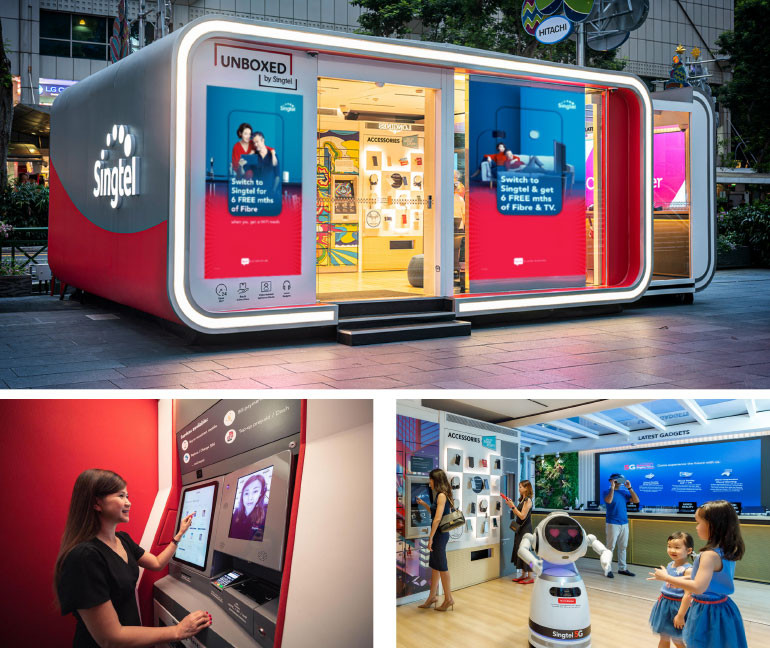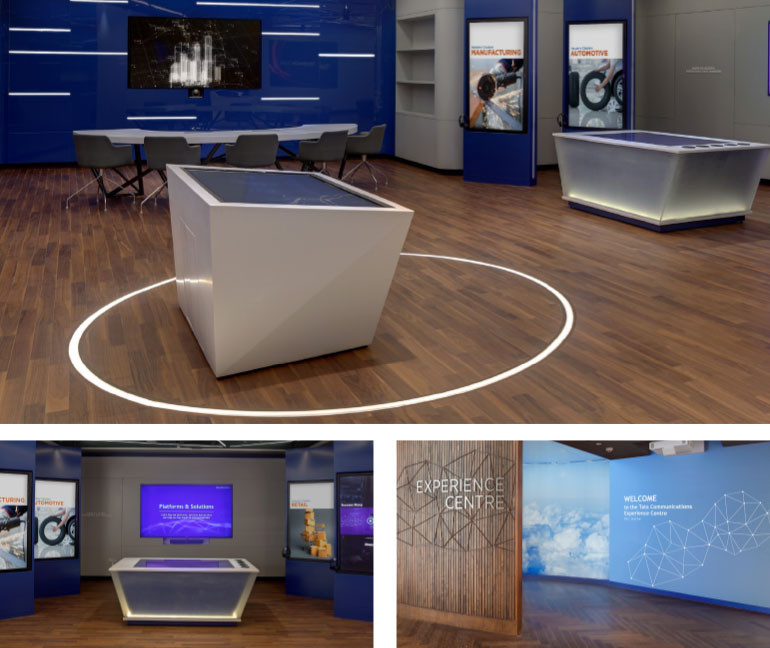Q] How would you define design, and what role does it play in brand building according to you?
Design to me is fundamentally about problem solving, whether we’re solving problems or taking advantage of new opportunities. Packaging and logo design is just a tiny, yet important aspect of the wider design industry. From fashion design to automotive and service design, it covers a broad spectrum. In terms of its impact on branding, we often say that a brand is not a brand until it’s been experienced. So how one experiences a brand has to be designed. Brand strength comes from a combination of relevance and differentiation. Design plays a role in creating relevance and differentiation within a sector or category.
Q] How is Landor & Fitch leveraging technology in design innovations? And how receptive are brands towards it?
We can look at technology in two ways – how we use technology to do our work, and how we deliver value to the end customers of our clients. Technology in terms of how we do our work has evolved tremendously over the last two decades. I’m old enough to remember the way graphic designers used to work, it was quite a laborious process to get something from a sketch pad to reality. Now that happens so quickly because of the role technology plays in how we can design things.
We should also look through the other lens of what design means. How do we as consumers live our lives today? We live in a truly connected world, where we must think digital first and simplistically. We have to think about how we use technology to deliver the brand experience that we want. Technology is the enabler, not the driver. It’s fundamentally about what brand experience we want to deliver. What’s the relevance and differentiation we’re trying to deliver to our end consumers to build brand equity, and how are we leveraging technology for the same? So, if VR plays an important role in how we can deliver a part of the brand experience, that’s amazing! That’s the way we should think about it, not what can we do with VR.
Q] AI is one such technology that’s making its way into every space. How is Landor & Fitch using the power of AI in design thinking?
In multiple ways! We’re using AI to give us insights and drive higher levels of personalization. It’s a problem-solving tool, it’s not how we can use AI and try to find a problem. What would we like to do more of?
If we go back, even just 50 years ago, retail was a highly personalised business. The local shopkeeper would know all their customers, what they’ve bought before and what they like. As retail evolved - with bigger stores, department stores, and to early stages of e-commerce - scale increased, but personalization levels went down. AI allows us to get back to that level of personalization and interaction on a very individual basis, but at an enormous scale. We can now retain and process knowledge about people and do things much faster. That’s just one application, there’s many more.
Q] How do you see experiential design growing in the APAC region, specifically in India?
I’ve not only seen an incredible development and understanding of brands, but also have confidence in local Asian brands. 14 years ago, arguably, people were seeking European or American brands as it was considered top tier, with a few good domestic alternatives. Now that has flipped, there’s real confidence in Indian brands - not just within India, but how these brands go on to become global players. Technology, in particular, is playing a part in how brands are being created and delivered. But if we look at technology brands themselves, we are seeing new categories emerge and new players like India taking pre-eminence on the global stage.
Q] How important is sustainability in design and how does design thinking promotes sustainability oriented innovations?
Sustainability, climate change, or ESG, is one of the biggest problems we have to solve as humans. While we talk a lot about human-centric design, it should really be life-centric design because humans can only survive if we keep our planet. Now, we have to solve problems for the planet and design plays a fundamental role in it. Sustainability cannot be in the side-lines. From every aspect of every business, sustainability needs to be at the heart of thinking.
For brands to be relevant for consumers today, there needs to be an element of sustainability and that’s where design comes into play. It’s not about box ticking or just saying “we use FSC paper”- that’s easy. It’s about how we can differentiate, push the boundaries, and do something that’s truly innovative. Patagonia is one such case study on sustainability.
Q] Tell us about the most interesting campaigns and clients you have worked with during or after the pandemic.
In my career, I spent a lot of time working with the Virgin Group. Virgin was all about differentiation, innovative, and design thinking was at the heart of it. More recently, something I’m super proud of in this region is Singtel. They understood the role they played as the enabler of the connected world. Functionally, they didn’t need physical stores because people could do stuff online and there’s lots of innovation that was enabling it. But they also recognised that their human connection with people was important. So, we repurposed the role of physical spaces in their world that led to some beautifully innovative work. Part of which I’m particularly proud of, was reinventing the phone box which has been derelict for 25 years in most countries. So we stepped in to recreate and repurpose that for the 21st century.
Q] How has Landor & Fitch grown in the last one year? Where does India stand in the overall APAC region, and what percentage does India contribute towards the overall revenue stream?
Despite the pandemic and everything else around the world, we’ve grown across the APAC region. We’ve grown about 50% in the last two years. For a mature business, it’s been quite an incredible growth, and India has been a phenomenal part of that growth. In the region, and particularly in India, the role that brand plays now in business growth is just taking precedence. We’re heading into all sorts of economic headwinds and it’s in these tough times that people need to innovate, do things differently to win. We’re ready and waiting, that’s where our whole strength lies.
India is one of our most important strategic markets for three reasons. One, the sheer size of the country and the market. There are big conglomerates, the Mahindra’s and the Tata’s of the world, and also the growth of innovative tech start-ups. Secondly, the impact India and Indian brands have across the world. And lastly, India’s incredible talent. India is one of our most creatively awarded teams in the last year. We want to share that talent with the rest of the world and that’s what we’re starting to do by being more borderless. India is starting to play a more strategic role to the clients globally. In terms of people, India is our second biggest team in the world, after the UK.























